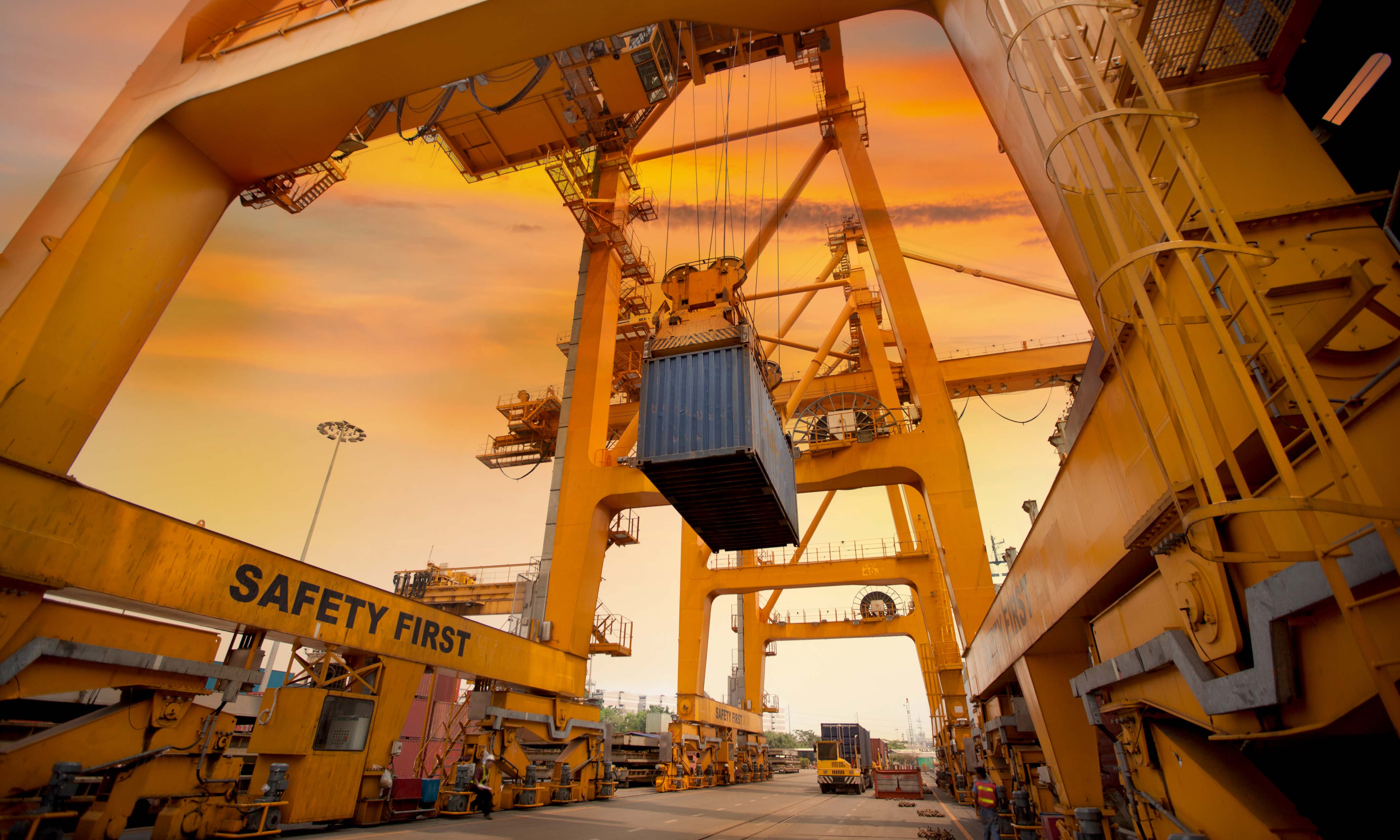The Colombian industry has witnessed day after day the transformation of global supply chains through digital technologies and with this phenomenon the change in the structure of the national economy. Factors such as increased efficiency and reduced waiting times are still a pending issue in local economic activity, which needs to speed up the production apparatus to reduce dependence on income from the sale of raw materials (close to 70% of exports fall on a single good, oil). “For its part, foreign trade as a whole and more specifically the country’s exports of other industries do not exceed 16% in the economy.” As a consequence, today we are witnessing the tax adjustment to which the national industry is subjected by order of the government thanks to the fiscal pothole created by the drop in prices of said commodities, (especially minerals, crude oil and agricultural goods) in the last 3 years, situation that does not allow the current government to collect even to maintain the current level of spending on education, health and infrastructure (and hence the right to corruption)
The need to add value to products and services available for trade are therefore subject to processes of innovation and high development. The current global networks present versatile alternatives that the same economic activity (production, research, design) can be transferred to any accessible region that has relatively cheap labor. Michael Spence explains this phenomenon very well as follows: “The growth of emerging economies and their transformation into middle-income countries produced a change on the demand side. Producers in developing countries became major consumers. This led global supply networks to transform again, to make room for dispersion on both the supply and demand sides of their structure, in a process sometimes referred to as “information-enabled atomization.” technology”. Said atomization consists of the division of supply networks into smaller parts, and allows to overcome the ties of proximity and the consequent restrictions imposed by the transaction costs that prevailed before.”
Today, international trade allows us to find various ways to increase productivity through timely planning of customs operations to optimize costs and times in the supply processes or international physical distribution.
Depending on the production cycle of each company, it is important to carry out a detailed review of the different customs mechanisms available, such as suspension and consumption import regimes, the use of tariff preferences and special import-export systems, temporary admission for re-export in the same state (previously known as temporary importation), the deferred payment of customs duties and import taxes available for the regimes of temporary importation of rented merchandise, or with a leasing contract, and for authorized economic operators (AEO) or trusted users (which is still a confusing figure for importers or exporters to obtain)
On the other hand, the provision of many of the logistics services corresponding to international freight transport and, as such, customs agency services must be reviewed in detail, since although intermediation was previously meritorious by national regulations, changes in The Customs Statute through Decree 390 opens the door for them to be directly the actors of international trade, granting benefits in the development of their operations, on issues such as the constitution of guarantees, the deferred payment of duties and taxes and the streamlining of customs procedures. allowing logistical optimization of its operations.
The dynamics of relocation of resources such as raw materials and labor also allows to extend, through proper planning of required material, productive ties in search of knowledge and experience. This will require having information systems that provide up-to-date support for the status of operations, so that risks are reduced as the scale or volumes of international purchases or sales increase.
Innovation and high development require a company to have the ability to learn, adapt and change as a fundamental element for its long-term success. With rapidly evolving customer preferences, technological advances and intensifying competition, taking advantage of opportunities in international markets are some of the main reasons why a company must have the capacity to adapt and change.
Author: Juan Sebastian Quiceno Calderon





